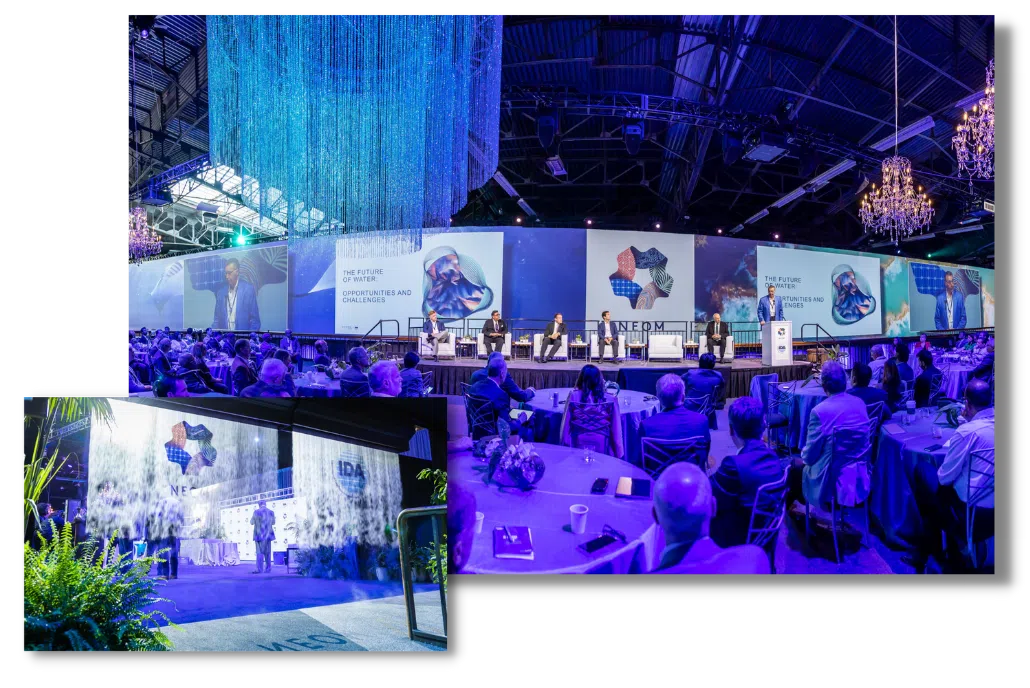Why Occasion Source Solutions Are Important for Smooth Event-Driven Styles
In the world of contemporary software program growth, event-driven designs are increasingly prevalent, yet their performance pivots on the execution of durable event source remedies. As sectors shift in the direction of real-time data processing, comprehending the ramifications of event sourcing becomes essential.
Recognizing Event-Driven Styles
Event-driven styles (EDAs) stand for a paradigm change in making software systems, where the flow of information is identified by the event of occasions. This building design promotes a decoupled strategy, permitting various components to interact asynchronously. In EDAs, events work as the key methods of interaction, causing procedures or operations in action to certain occurrences, such as individual activities or system changes.
The key elements of an EDA consist of occasion manufacturers, which generate events; occasion customers, which respond to events; and occasion networks, which help with the transmission of occasions between producers and consumers. This structure enhances system responsiveness and scalability, as elements can independently process events without the need for concurrent interaction.
In addition, EDAs allow real-time data handling, making them suitable for applications requiring prompt understandings-- such as fraud detection in financial systems or monitoring IoT gadgets. They likewise sustain a more dexterous growth setting, permitting teams to iterate swiftly and release new functions with very little disturbance to existing solutions.
The Role of Occasion Resource Solutions
While various components in an event-driven style count on efficient communication, event resource remedies play a critical function in producing and taking care of the circulation of events. These solutions function as the initial point of occasion production, catching changes in state or customer activities and translating them into occasions that can be propagated with the system.

Moreover, they assist in the decoupling of manufacturers and consumers within an architecture, permitting systems to range separately. This decoupling is crucial for enhancing system durability, as it lessens reliances that can or else lead to bottlenecks or single factors of failure.
Advantages of Real-Time Data Handling
Real-time information processing significantly boosts the capabilities of event-driven styles by allowing instant understandings and actions based upon the most current info (your event source charlotte). This immediacy not just speeds up decision-making however likewise raises the relevance and precision of those choices. Organizations can react to occasions as they occur, decreasing latency and improving operational dexterity
One of the key advantages of real-time data handling is the capability to record and evaluate information constantly. This helps with aggressive procedures instead of responsive reactions, permitting services to prepare for patterns and potential concerns prior to they intensify. In industries such as money or e-commerce, real-time analytics can identify deceptive deals or customer behavior modifications, allowing speedy interventions that minimize threat and optimize consumer fulfillment.

Ultimately, the combination of real-time data processing right into event-driven styles equips organizations to harness the full capacity of their data, driving innovation and affordable advantage in an increasingly dynamic that site industry.
Enhancing System Communication
Efficient communication in between systems is essential for the success of any event-driven design. Occasion resource options facilitate this interaction by giving a durable framework for catching and sending events in actual time. By systematizing how systems create and take in occasions, these remedies remove uncertainty and foster interoperability, permitting disparate systems to interact perfectly.
Making use of occasion streams makes it possible for systems to respond immediately to adjustments, guaranteeing that all components are aligned and informed. This responsiveness is necessary in settings where timely data exchange directly impacts decision-making and general system efficiency. Event resource services supply systems for event filtering system, makeover, and routing, improving the effectiveness of information circulation between systems.
Furthermore, by applying a publish-subscribe model, event source solutions decouple system elements, allowing for better versatility and scalability. This decoupling indicates that systems can progress separately, making it easier to incorporate new functionalities or replace existing components without disrupting total communication.
Future Trends in Occasion Sourcing


One more considerable trend is the surge of cloud-native occasion sourcing remedies. These systems utilize the scalability and versatility of cloud framework, enabling companies to efficiently take care of and keep substantial pop over to this site amounts of occasion data without the expenses of standard systems. This shift advertises better availability and collaboration across teams.
In addition, the adoption of microservices style is affecting occasion sourcing techniques. As services significantly section their applications into smaller sized, independent solutions, occasion sourcing provides a durable mechanism to preserve information consistency and stability throughout these distributed systems.
Conclusion
In conclusion, event source options offer as a crucial structure for smooth event-driven styles, making it possible for reliable event generation and administration - your event source charlotte. The benefits of real-time information processing and improved system interaction underscore the value of taking on event sourcing approaches.